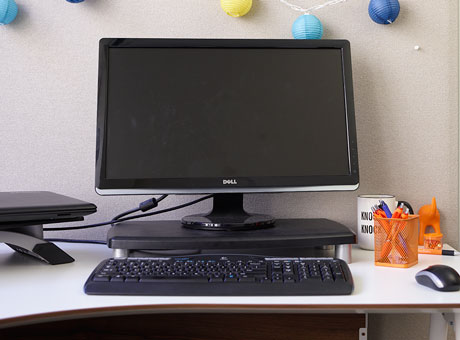EBIT and taxes
Two companies in the same industry that generate similar profits can have very different levels of tax expense. The tax code is complex, and there are dozens of factors that impact a firm’s tax expense in a particular year.
For example, a tax carry forward allows businesses to reduce current year earnings with losses incurred in past years. If a business uses a tax carry forward, it lowers the tax expense in the current year. As a result, the current year EBIT is lower.
Hillside’s 2019 EBIT totalled $270,000, which includes a $40,000 tax expense on 2019 net income. Standard Manufacturing competes with Hillside’s in the furniture manufacturing industry.
Standard’s 2019 EBIT calculation includes a $10,000 tax expense and net income of $300,000. Standard’s tax expense is much lower than Hillside’s, even though Standard generated more net income ($300,000 vs. $200,000). However, Standard’s lower tax expense is due to a tax loss carry forward from a loss in 2018.
To get a true picture of EBIT for comparison purposes, review the income statement, balance sheet, and the footnotes to the financial statements. Hillside’s loan balance is recorded as long-term debt in the balance sheet, and Standard’s tax loss carry forward is reported in the financial statement footnotes.
It’s important to do your homework, so that your EBIT analysis is based on accurate information.



